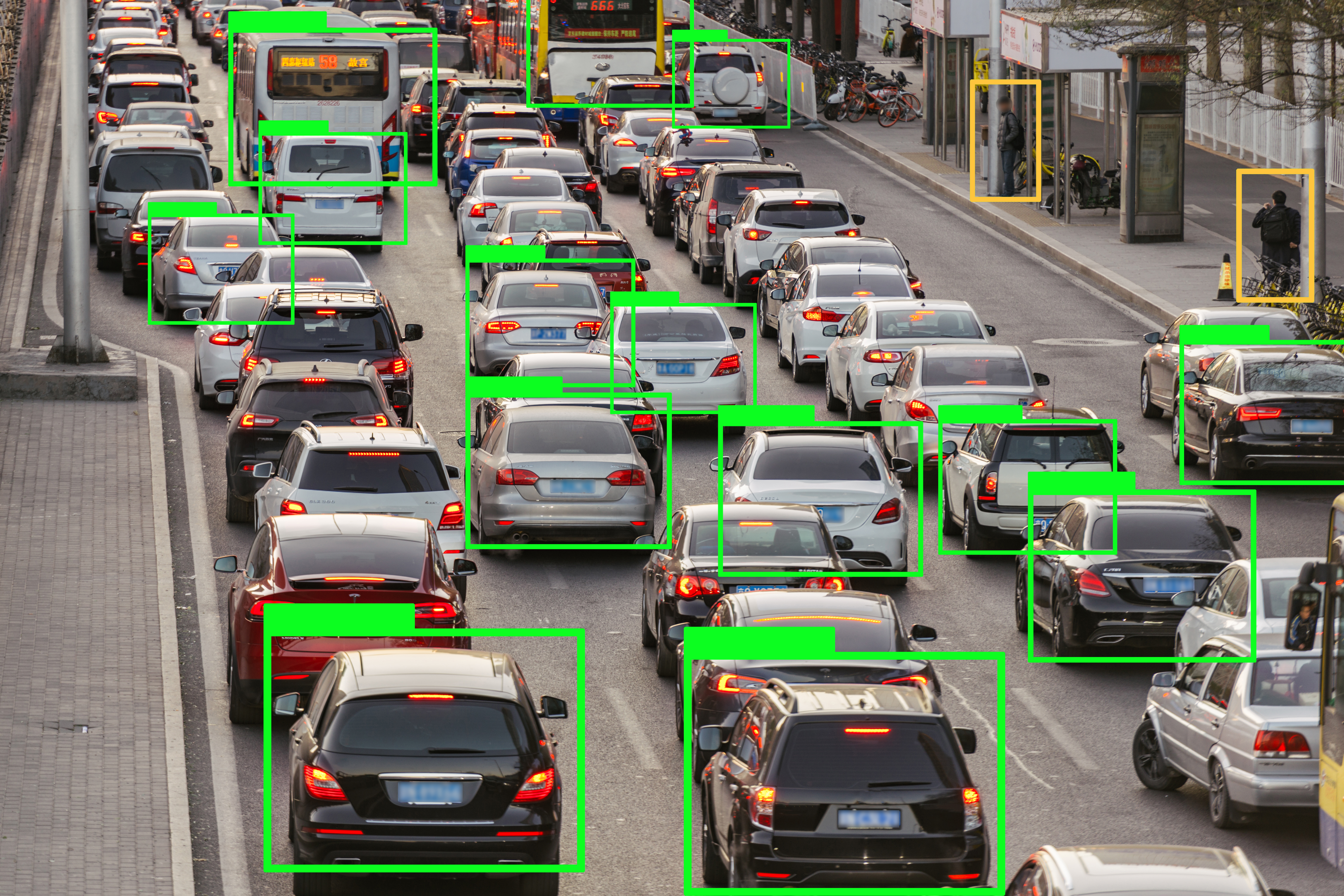This digital course focuses on methods for learning from data in order to train models that can make predictions when presented with new data. Such predictions can involve the discrimination between different categories of data, or pattern classification, which will be the main focus of this course.
5
TBA
Master
TBA
Online
Free of charge except course litterature
Learning outcome
At the end of this course, you should be able to recognize problems that can be handled by machine learning methods. Furthermore, you will have learnt how to use the subject terminology acquired throughout the course to state the problem in a precise manner.

To be able to solve the problem, you will learn how to implement a classifier by training it by using representative data material and make sure that it is capable of handling new data. You will also learn to handle different types of classifiers and know the theory for these so that specially designed solutions can be made.
Course content
The course starts with an introduction to the fundamental theory, Bayes decision theory. This statistical based theory let us define optimal decision thresholds to distinguish between data elements, represented by so called feature vectors. These decision thresholds are optimal with respect to minimizing the expected error rate.
The introductory theory assumes that the statistical functions describing the data are known. This will not be true in practice where we will have to estimate these functions using parametric and non-parametric methods. Alternatively to estimating the statistical functions directly, we can estimate the coefficients in the polynomials describing the decision borders directly. This is introduced with linear discriminant functions where we seek to find the polynomial coefficients the rate of error expressed by a criteria function. To do this, we use iterative gradient descent techniques. Curve fitting by regression analysis is also presented in this context.
Moreover, neural networks are presented as a method to use when linear discriminant functions falls short, and finally, methods for evaluating classifier performance will be presented.
Lecture dates
Introduction 6. mars
Del I-III 9. mars
Del IV-V. 30. mars
Del VI-VII . 27. april
Mandatory requirements
Bachelor Degree 180 ECTS
Foreign applicants must also document education and English skills in accordance with NOKUT's regulations.
Recommended prerequisites
It is recommended that students who wish to follow the course should have some prior mathematical knowledge in linear algebra and statistics. The laboratory part of the course uses Scientific Python. Those who follow the course should therefore also have basic programming skills, preferably with Scientific Python.
Admission
- We practice the first-come, first-served principle when registering this course, as long as you qualify for admission based on the admission requirements and the prerequisite knowledge
Exam
Exam date: TBA
Coursework requirements
Exercises
Mandatory work requirements (such as theoretical exercises, laboratory assignments, project assignments and the like) must be approved by the subject lecturer within the specified deadline. The mandatory assignment plan must be approved in order to be admitted to the examination. Candidates who fail the compulsory practice program may not be able to complete this until the next time the course has ordinary teaching.
Lecturer
Institutt for data- og elektroteknologi
Administrational contact persons
Utdanningsavdelingen
Internasjonal seksjon


